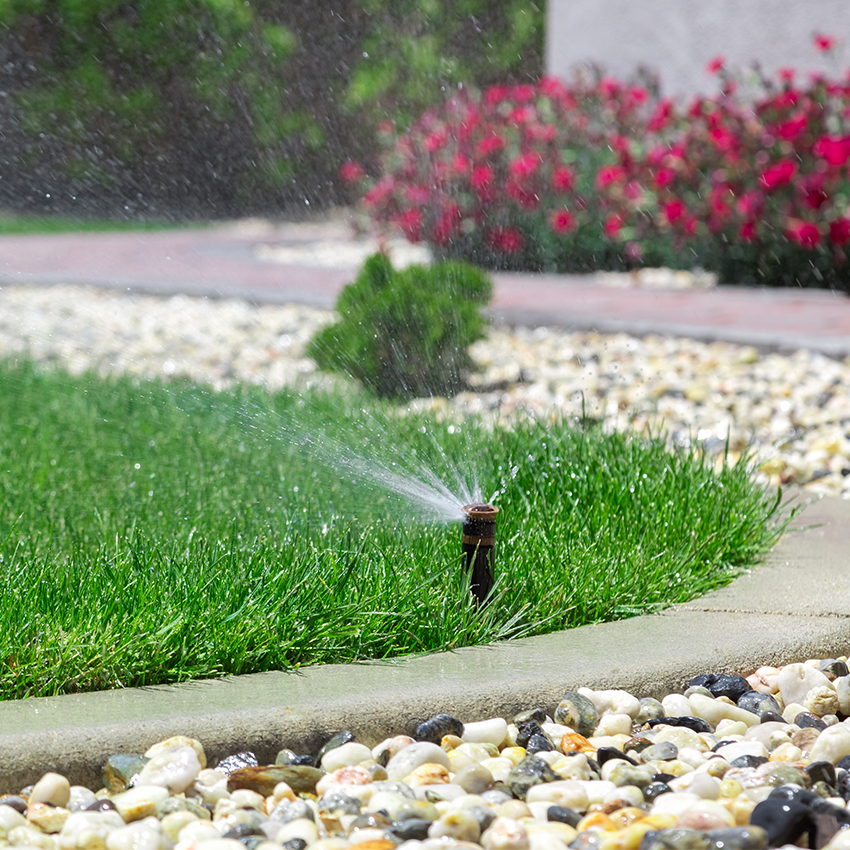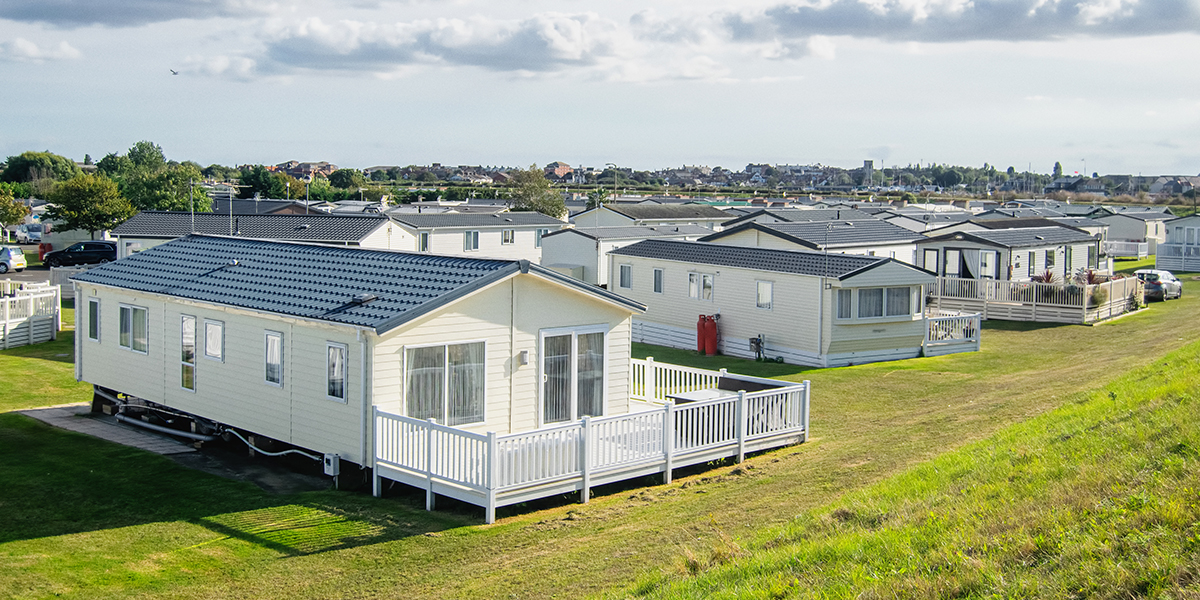It’s almost summertime, which means temperatures and as a result, outdoor water use are on the rise. While it’s important to be water conscious throughout the year, the spring and summer require increased attention to irrigation schedules and outdoor water use.
Experts estimate that 50 percent of the water we use outdoors goes to waste from evaporation, wind, or runoff due to overwatering.
In many areas, the amount of water multifamily and commercial properties use to sustain lush landscaping spikes in the summer – sometimes two to four times as much as the rest of the year. While buying a timer for your irrigation system seems like the obvious solution, more times than not the system is installed with set times and never seasonally adjusted; leading to unnecessary water waste during the cooler months.
With that in mind, we’ve complied a few tips to help you beat the heat and keep your water use under control:
Timing is everything
Know how much water your landscape actually needs before you set your sprinkler. Your local utility can offer recommendations for how much water certain plants need in your region and best times to water. Generally, it’s best to water lawns and landscapes in the early morning and evening, after the sun goes down, because significant amounts of water can be lost due to evaporation during the heat of the day.
Tune up your system
Inspect irrigation systems and check for leaks and broken or clogged sprinkler heads.
Fix sprinkler heads that are broken or spraying on the sidewalk, street, or driveway.
Did you know? Just one broken sprinkler head can waste up to 25,000 gallons of water over a six-month irrigation season.
Separate your plants into zones
When planting, assign areas of your landscape different hydro-zones depending on sun/shade exposure, soil and plant types, and type of sprinklers, then adjust your irrigation system or watering schedule based on those zones’ specific needs. This helps you avoid overwatering some areas or under-watering others.
Even if your property doesn’t have a sprinkler system, there are a number of simple steps you can take to promote a healthier lawn and garden with less water this summer:
Step on it
Grass doesn’t always need water just because it’s hot out. Step on the lawn, and if the grass springs back, it doesn’t need water. An inexpensive soil moisture sensor can also show the amount of moisture at the plant’s roots and discourage overwatering.
Leave it long
Raise your lawn mower blade. Longer grass promotes deeper root growth, resulting in a more drought-resistant lawn, reduced evaporation, and fewer weeds.
Give your hose a break
Sweep driveways, sidewalks, and steps rather than hosing them off. And don’t forget to check for leaks at your spigot connection and tighten as necessary.




